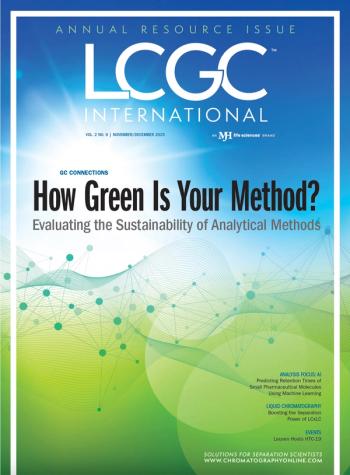
Research Awards Presented to Michael T. Marty and James S. Prell
Research awards will be presented this afternoon at 4:45 in Hall D, at the ground level, to Michael T. Marty of the University of Arizona and James S. Prell of Oregon State University. Marty received his PhD in 2013 at University of Illinois at Urbana-Champaign.
Research awards will be presented this afternoon at 4:45 in Hall D, at the ground level, to Michael T. Marty of the University of Arizona and James S. Prell of Oregon State University.
Marty received his PhD in 2013 at University of Illinois at Urbana-Champaign. Following postdoctoral research at the University of Oxford, he joined the University of Arizona in 2016 as an assistant professor in the Department of Chemistry and Biochemistry. A major focus of his group’s research is developing mass spectrometry methods to study the structure and biophysics of membrane proteins. Working at the interface of analytical chemistry and biochemistry, they use lipoprotein nanodiscs to solubilize membrane proteins in a lipid bilayer with a defined composition. Nanodiscs are nanoscale discoidal lipid bilayers encircled by two amphipathic membrane scaffold proteins.
James S. Prell received his PhD in 2011 from the University of California, Berkeley, and then conducted postdoctoral research there until 2014. He joined the University of Oregon Department of Chemistry and Biochemistry in 2014, where he is an assistant professor. The Prell laboratory uses state-of-the-art mass spectrometry and ion mobility techniques to investigate physical and chemical properties that govern the organization of macromolecular assemblies at the nanoscale, including those found in biological membranes. The group uses newly developed methods capable of transferring and analyzing intact macromolecular assemblies in the gas phase while retaining much of their condensed-phase tertiary and quaternary structure, and obtains complementary information about their shape and folding state in these same experiments using ion mobility spectrometry.
The research awards are fully funded by Thermo Fisher Scientific and Waters Corporation in the amount of $35,000 each.
Newsletter
Join the global community of analytical scientists who trust LCGC for insights on the latest techniques, trends, and expert solutions in chromatography.



